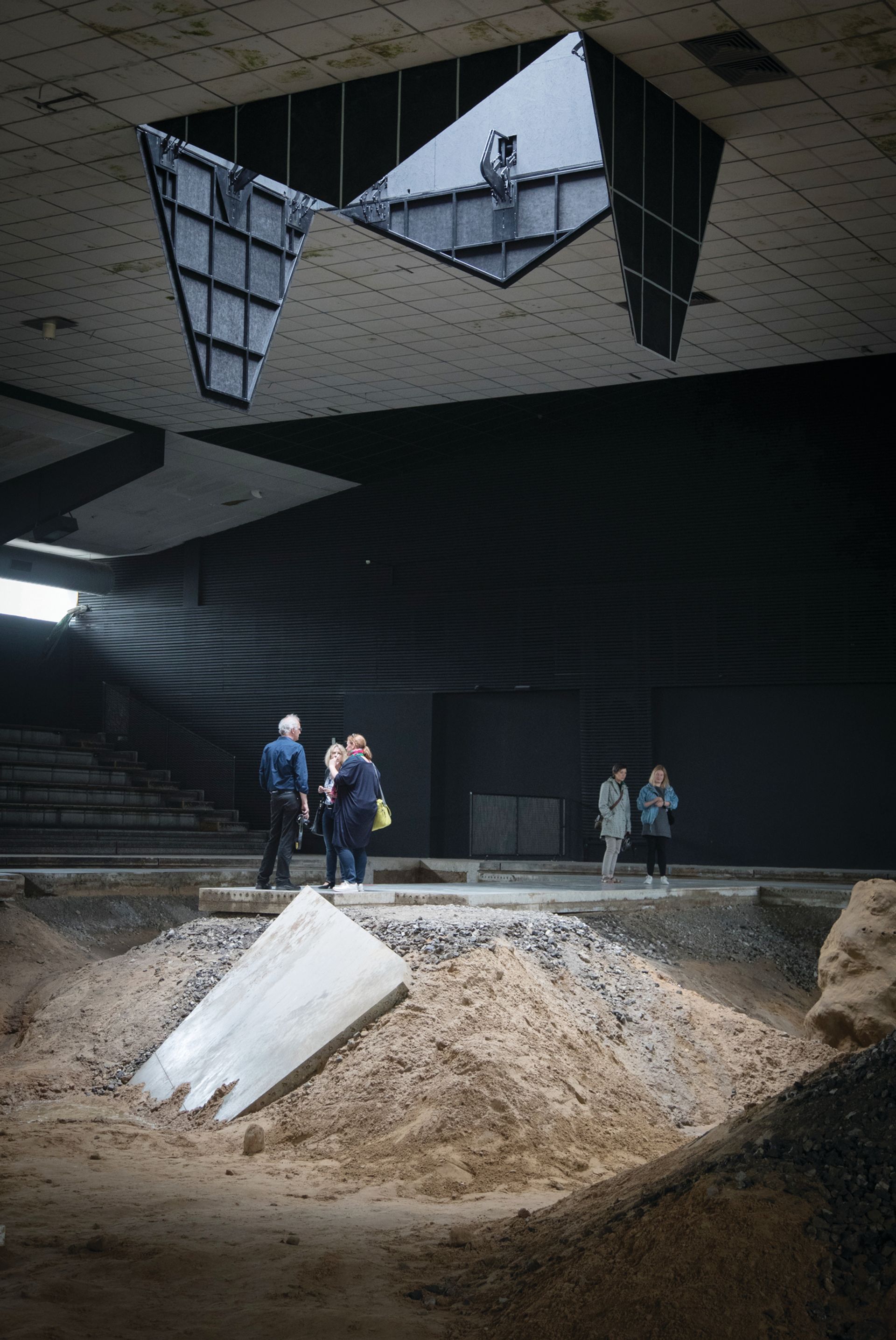A lot can happen in ten years. A reality-TV star can become US president, the European Union can start losing its members and new technology can transform your mobile phone so that it can find you everything from a cheap taxi to true love. Meanwhile, in the art world, performance art, long regarded as a niche genre, can become the trendiest of visual expressions. Sculpture Projects Münster (SPM), the once-a-decade exhibition in the eponymous German city, reflects all these developments and many more.
The latest edition, which opened in June (until 1 October), has been co- curated by Kasper König, who has overseen every incarnation of SPM since its launch in 1977. A decade “is a good gap [between shows]; it means that artists have changed, the times have changed and new ideas have had a chance to emerge”, he told The Art Newspaper. Earlier this year, König resisted pressure from the city of Münster to increase the frequency of the event to every five years. “There is growing understanding, including in the city, that [this] would destroy the exhibition,” he said.

Along with his co-curators, Britta Peters and Marianne Wagner, König has deliberately pushed the boundaries of what can be called public sculpture. Performances and digital works abound, while videos are shown in nightclubs and other works can only be viewed on smartphones. Local garden allotments are the subject of the UK artist Jeremy Deller’s ongoing anthropological study Speak to the Earth and It Will Tell You (2007-17), while the French artist Pierre Huyghe’s mega-installation in an ice rink, After ALife Ahead (2017), combines live elements (swarming bees and chimera peacocks) with biological materials (cancerous cells growing in an incubator), augmented reality, dirt and the Brutalist architecture of the building itself. The result is an alien landscape controlled by forces invisible to the naked eye, a spectacular, immersive event that cost an estimated €1m—mostly provided by Huyghe’s galleries—to stage.
Visitors looking for more conventional public sculptures, however, will not be disappointed. These include Nicole Eisenman’s jolly fountain on the Promenade (a public path on the site of the former city walls), Nairy Baghramian’s bronze sculpture in front of the Baroque Erbdrostenhof palace (a popular site chosen by artists in the past) and Thomas Schütte’s sculpture of a watermelon in Marl, the industrial city near Münster, to which the event has extended for the first time.
The large number of young artists is refreshing as overlooked artists from the past continue to dominate exhibitions of contemporary art. The Romanian artist Alexandra Pirici’s performance Leaking Territories (2017) in Münster’s historic town hall, a mesmerising mix of dance, song and speech, has been attracting long queues. Visitors are also making a beeline for the German artist Hito Steyerl’s work in the LBS Bank, HellYeahFuckWeDie (2017), which manages to combine the themes of technology and civil war through video, music and documentary. Steyerl is an artist ahead of her time; her work could give us a glimpse of the type of art we might see in Münster in SPM’s next edition, a decade from now.


